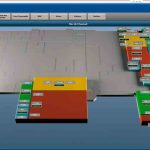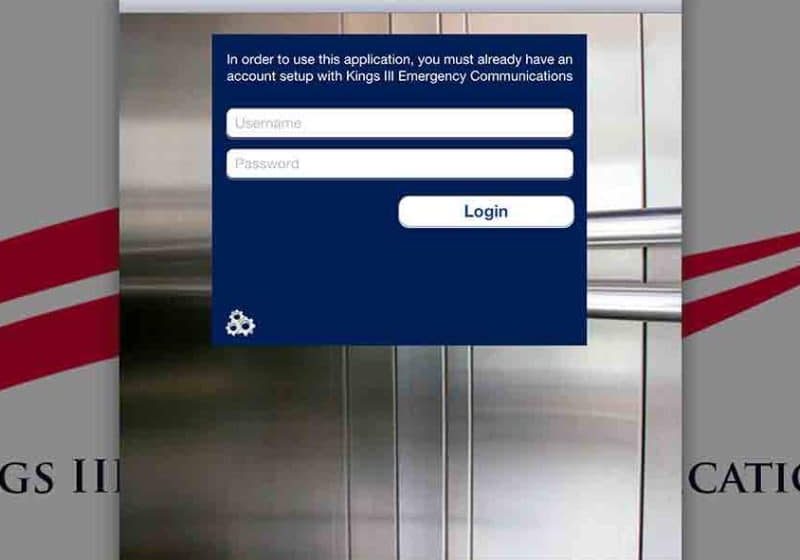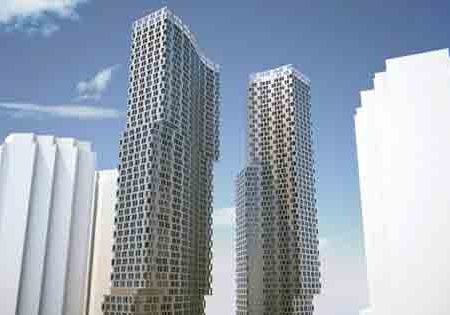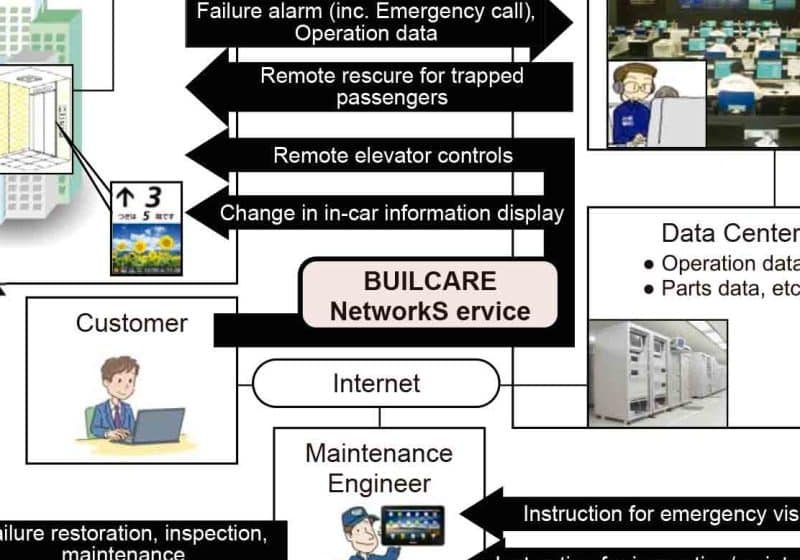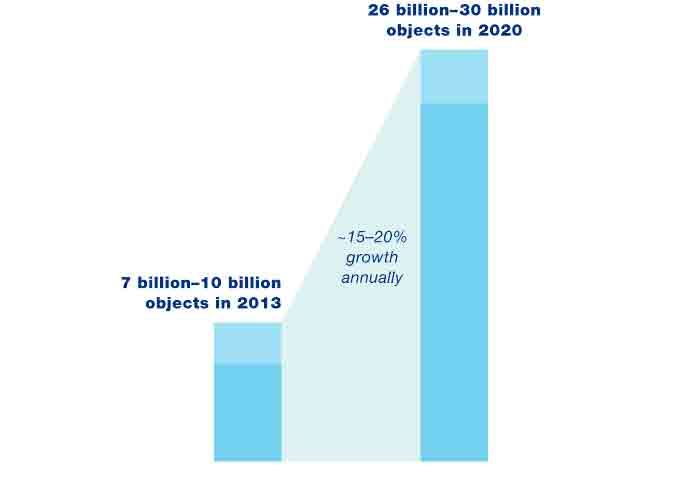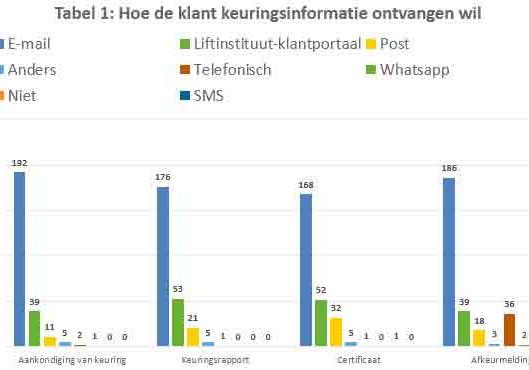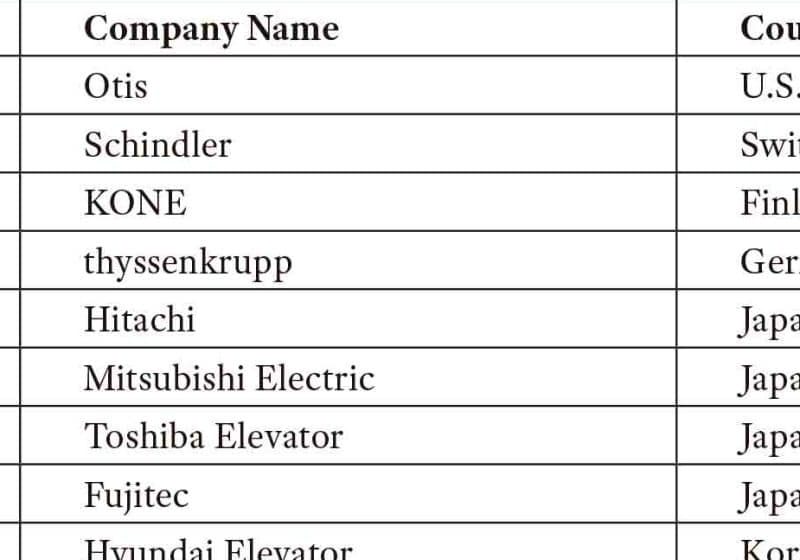Evolution of Monitoring Design
Dec 1, 2017
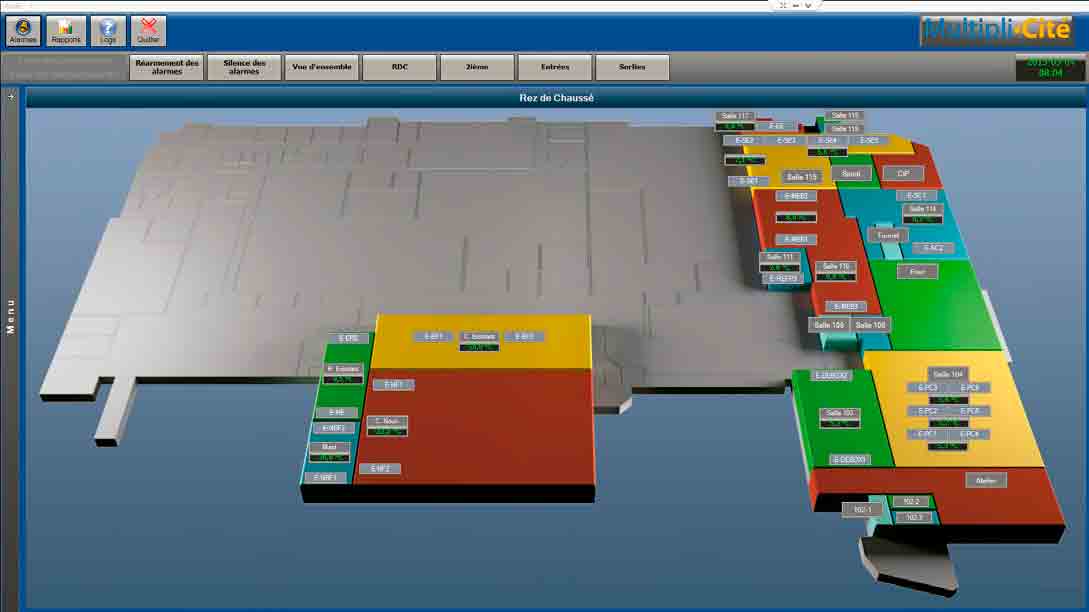
Integrated monitoring in the modern building-management industry
by Luc Hebert and Stéphane Dufour
The world of elevators has evolved significantly over time, from hydraulic elevators to the first traction machines, the introduction of variable-voltage, variable-frequency drives and, most recently, machine-room-less elevator designs. Engineers have also spent a lot of time simplifying the controllers and wiring of the different elements that make up a vertical-transportation system.
For several years now, the development of elevator controllers has veered toward monitoring systems, both for individual elevators and building fleets. These monitoring systems are of the utmost importance in the growing number of cases in which a building contains multiple elevators or elevator groups, or where a specific elevator requires constant supervision.
What’s a Monitoring System?
To better understand elevator monitoring systems, it’s best to start with a breakdown of their functionalities. At their most basic, monitoring systems are built to acquire and display information concerning the state of one or more elevators. This information can include, among many other things, the state of the system’s equipment, a list of alarms, the position of the cars and a list of registered calls.
This list isn’t exhaustive, but it gives a good idea of the kind of information a monitoring system should be able to provide. Theoretically, an ideal monitoring system would have access to every bit of data and every status available in the controller. This is often impractical and unnecessary, but the amount of information a monitoring system can provide is still an interesting and simple performance metric for someone interested in comparing the systems available on the market. Multiple elevator and controller manufacturers already offer these types of systems. When choosing a monitoring system, nonproprietary options are interesting to consider, because they give the client a great deal of freedom when selecting the maintenance provider.
Thinking Big
These days, monitoring systems are virtually ubiquitous in the building-management domain and beyond. Far from being limited to vertical-transportation equipment, they are attached to most major building utilities. Take the case of a university campus composed of multiple buildings: the owner or maintenance manager may want to monitor not only the state of the elevators, but also of the heating system, ventilation system, exterior and interior lighting, and other critical systems. The main challenge of this situation comes from the need to obtain, operate and service multiple different monitoring systems, each specialized for a certain system and each with its own limitations. The owner is also faced with:
- Providing employees with multiple training sessions, many of which may be at least partially redundant
- Updating several monitoring systems and overseeing version management for each system
- Negotiating with several different providers over prices, updates and update requests
- Paying for several different licences
Additionally, the act of having to check multiple monitoring systems to ensure that a single building on a campus is working properly is time consuming, counterproductive and inefficient, since individual monitoring systems can’t take into account the operation or faults of other systems.
In such cases, the use of a monitoring system with an open architecture (an integrated monitoring system) becomes an extremely interesting option. It reduces the number of licenses that need to be purchased, reduces the number of service providers that need to be dealt with, provides a common work interface for maintenance personnel and makes maintenance analysis simpler by improving data aggregation. Additionally, an open-architecture monitoring system provides the added benefit of allowing cross-system diagnostic and intervention measures. Since all the information is processed by the same software, the data from one system can be used to control another. For example: “The air-conditioning in the elevator machine room has stopped working.”/ “Put the elevator out of service until it is repaired.” Of course, choosing an open-architecture monitoring system presents challenges of its own, but there are a few key elements for which potential buyers and users should look out.
Features of a Successful Integrated Monitoring Platform
An integrated platform provider must take several elements into account to optimize their integration. The following are the critical elements every open-architecture monitoring system provider should consider — and, by extension, of which potential users should be aware.
Access Security
As in most computer systems, access security is a very important feature for integrated monitoring platforms. A system with good access security helps prevent intrusions and unwanted actions that could have major consequences for the monitored systems’ behavior. Such a system needs to be secure on two fronts: authentication, which involves validating connection requests from users or other systems, and permission management, which revolves around limiting access to certain functionalities for certain users or groups of users.
Protocol Standardization
Since integrated systems interface with a variety of subsystems, the notion of protocol standardization is quite central to their implementation. Both communication protocols and message formats must be designed with standard structures and values to ensure each subsystem can act and process the same information.
Traceability of Activities
Traceability essentially relates to system maintenance and diagnostic functions. The integration of several systems greatly complexifies the software’s architecture and makes the identification of potential problems much more difficult. As such, it’s essential for these systems to be able to trace all exchanges of information taking place between systems, all actions requested by a user and all system errors to make diagnostic analysis and system maintenance operations easier. An integrated platform with good traceability also helps keep the system secure by tracking unauthorized accesses or other undesirable actions.
Performance
As in all software applications, performance matters when it comes to integrating monitoring systems. Communication delays, communication optimization strategies, request management capacity, reinitialization delay following an error and diagnostic-related information management are all important metrics for evaluating the performance of such a system.
Architecture Scalability
A scalable architecture allows a system to be adapted for a variety of situations, even those for which it was not originally intended. This makes it a critical feature in an integrated monitoring platform, since it means the system doesn’t need to be replaced if the scope of the original project changes, or if the needs of the industry change or grow beyond the initial projections or design. Two major elements should be considered when evaluating a platform’s scalability: its ability to integrate other systems and functionalities, and adapt to greater performance requirements or demands.
Centralized Management
Centralized management means that every project site and system node can be managed from a central console. This centralized design is essential, because it allows users, from managers and operations personnel to maintenance technicians, to make the most efficient use of the information collected by the integrated monitoring system. The easier it is to access and analyze monitoring data, the more useful the monitoring system becomes.
What It All Means
Considering all this information, there are more than a few good reasons to look for an integrated solution the next time you need to purchase or provide a monitoring system. In addition to reducing license costs, streamlining the version management and software maintenance processes and providing cross-system management possibilities, a good integrated monitoring platform’s scalability means it can be adapted for projects both large and small. Combine this with the advantages provided by the selection of a nonproprietary system, such as the cost efficiency of choosing your own maintenance provider, and it becomes clear that choosing the right monitoring system is an important consideration for building service providers and owners alike.
Considering the speed at which these systems are evolving, however, finding the system that meets your or your clients’ specific needs can prove to be a challenge. To make things easier, try to find open-architecture specialists who understand your monitoring needs, the latest technologies and the domain in which you operate.
- Figure 1: An example of elevator monitoring software displaying position, direction, door status, latched calls, special sequences, etc.
- Figure 2: Complex monitoring options of multiple sectors using an open-architecture monitoring system
- Figure 3: Data aggregation and analysis are critical to good monitoring software. Computing power and efficient design can be game changers in that regard.
- Figure 4: An open-architecture monitoring system with good scalability can be adapted to go beyond the user’s original needs.
Get more of Elevator World. Sign up for our free e-newsletter.

